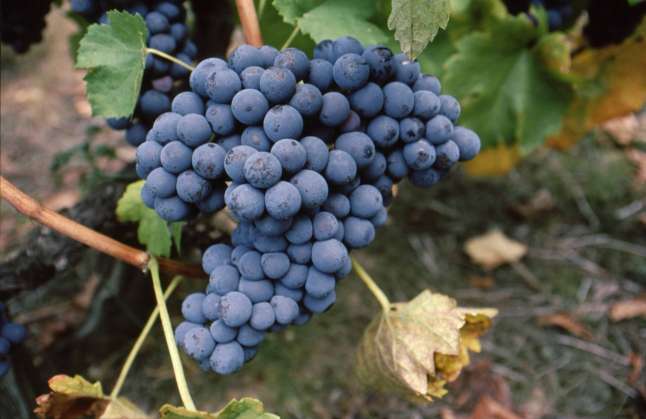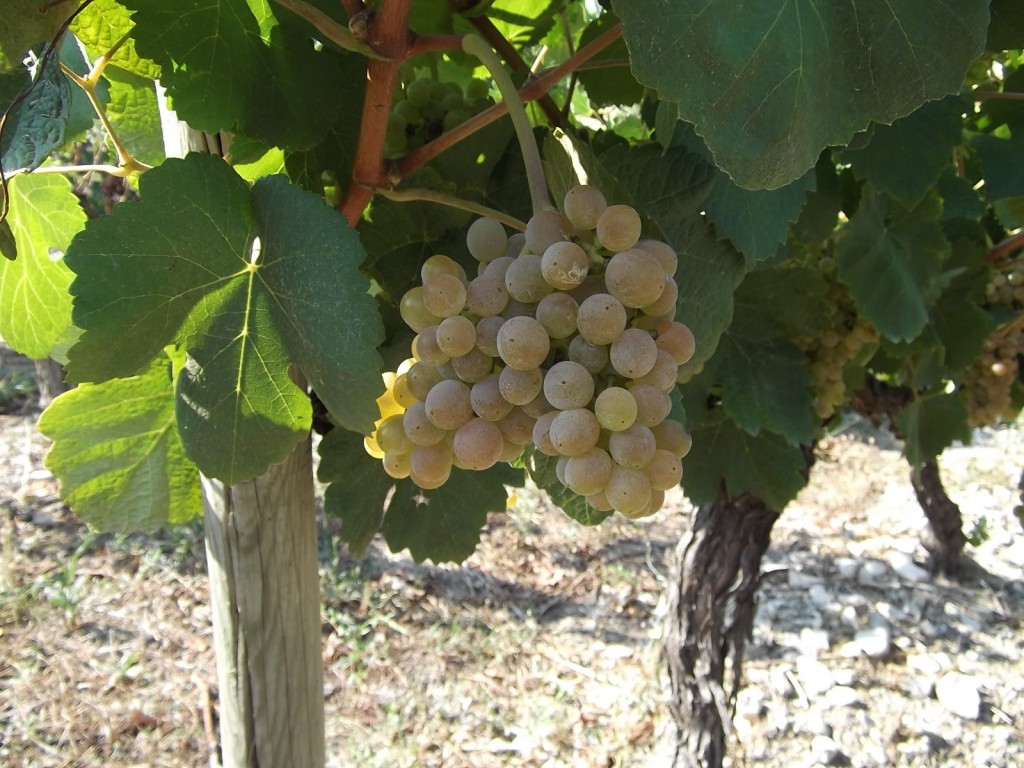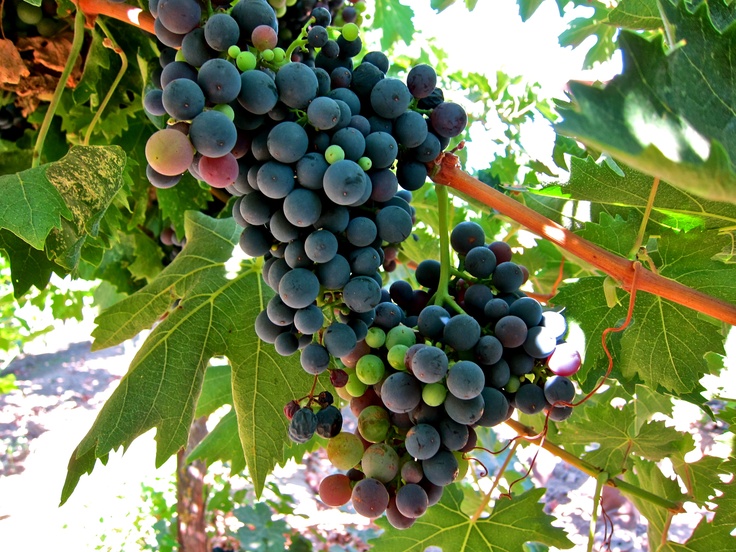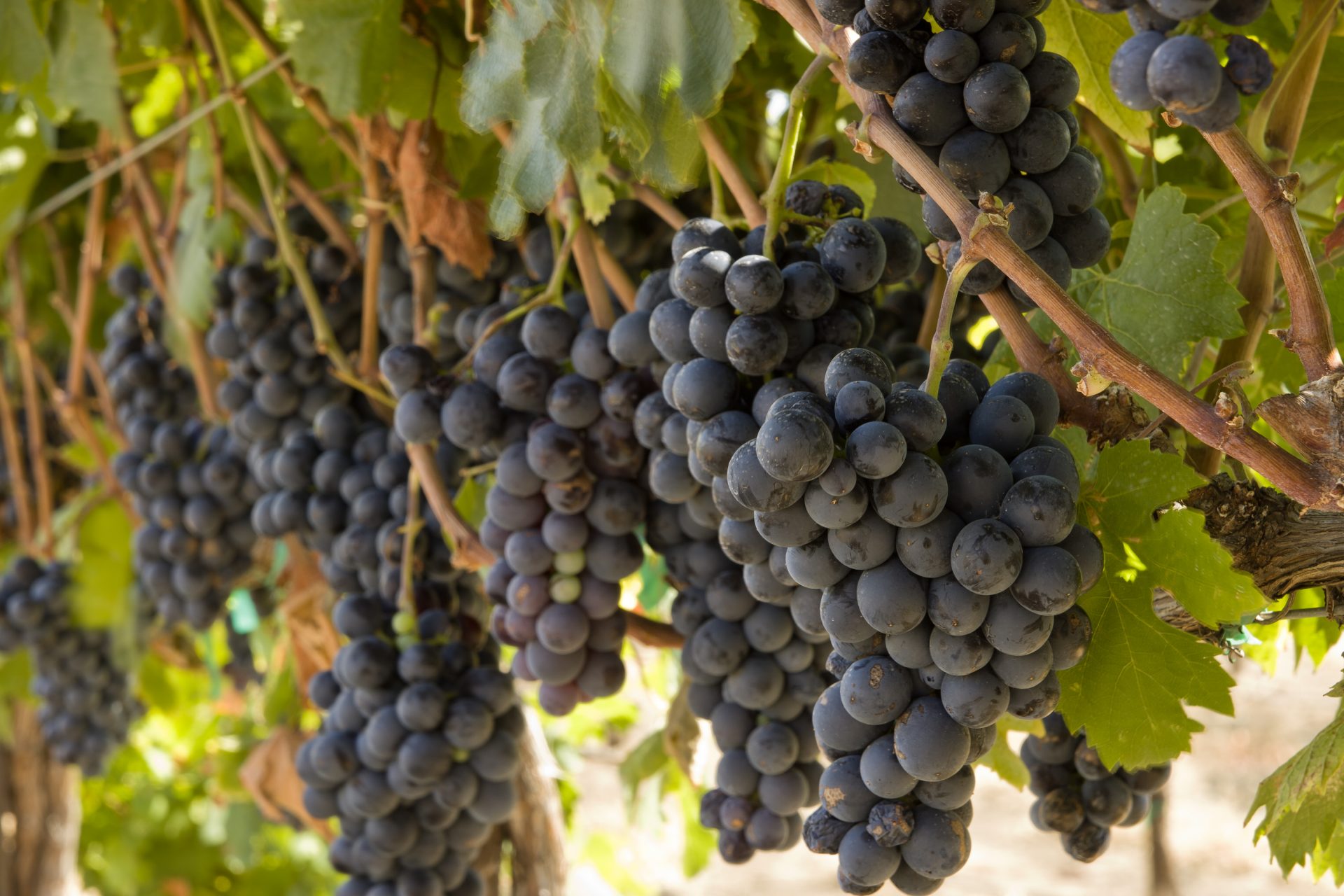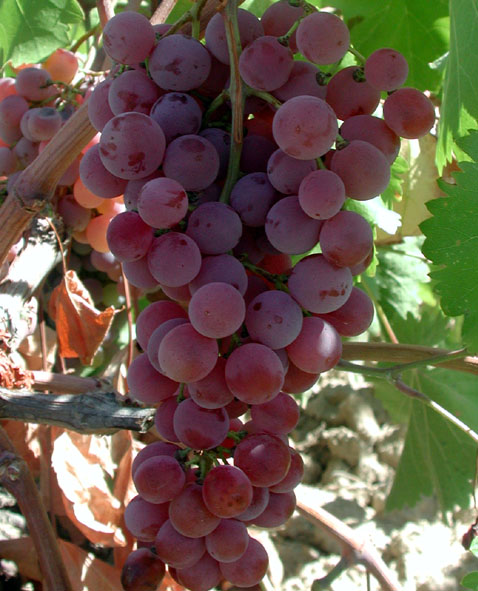It’s a great shame that we don’t see much of the poor old Mondeuse grape (Pronounced “Mon-dooze”) as in the right hands it is more than capable of producing some killer wines.
The Mondeuse was once a highly planted variety in both France and Switzerland (especially in the Vaud and Geneva regions). However, the phylloxera epidemic of the 19th century almost wiped out Mondeuse Noire entirely (as it did with many of the more obscure varieties).
With only around 500 acres of the varietal being planted in the lesser-known Savoie region of eastern France, and a few tiny bits and bobs in California, Argentina, and Australia, you would certainly be forgiven for being unfamiliar with this grape.
For many years it was thought that the Mondeuse was the same grape as the Refosco of northern Italy, but the two were later discovered to be entirely unrelated, leading to some confusion with some of the Californian wines labelled as “Refosco” to this very day.
Recent studies have shown that it may bear some relation to Argentina’s Bonarda varietal, although I find that quite difficult to believe as I see little correlation betwixt the two with the examples I have tasted. Still, I guess these ampelographers know what they are doing, and it’s not as if I have tasted an exhaustive list of wines made from either varietal over the years.
The grape typically produces delicately structured peppery wines, often with a bitter cherry note on the palate, with an intensely dark colour and markedly high acidity. From my experience the Mondeuse will most probably appeal to those into their Jura reds, as it shares much in common with some of the better examples of Trousseau and Poulsard from that (nearby) region.

Edinburgh-born/Toronto-based Sommelier, consultant, and writer Jamie Drummond is the Director of Programs/Editor of Good Food Revolution… And he just wishes that we saw a little more of this varietal.

